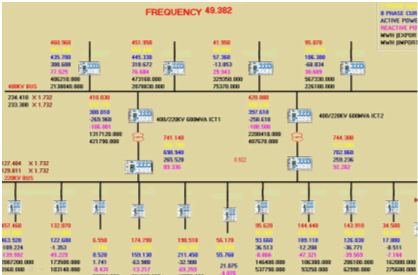One of the largest utilities in India wanted to equip themselves with an online system for smooth operations and decision support under the ART regime. Availability based tariff (AST) was an altogether new tariff regime which started with inter-state and inter-utility power exchange, it was now directed towards intra-state transactions as well. This was done to inculcate grid discipline and also facilitate open access or competition for supply to large customers.
To design, manufacture / integrate and deliver a system to provide visibility of the power flow in the transmission and subtransmission network of the utility.
- Logging of power flow data and its analysis
- Trigger action to maintain health of the system
- Billing and settlement of electricity sold, etc
Substation monitoring comprises equipment and software installed at all substations and at the central station.
After all exchange points were provided with metering, we focused on the infrastructure for remote communication and data transfer to the central monitoring system. It was foreseen that once the system was commissioned, the utility would need support to ensure smooth functioning of the system. The following process was used to deliver the solution –
The utility was able to view information about power flow, energy loss, transformer and feeder loading, and on demand for each of its administrative units.
ABT compliant metering and high frequency monitoring defined the boundaries within which the utility would operate. This became the backbone around which they made changes to their operations and decision making within the purview of the ABT norms.

